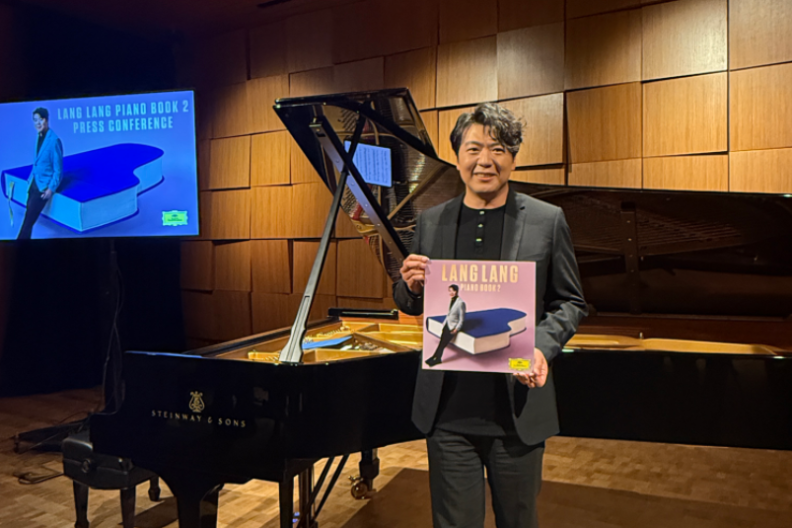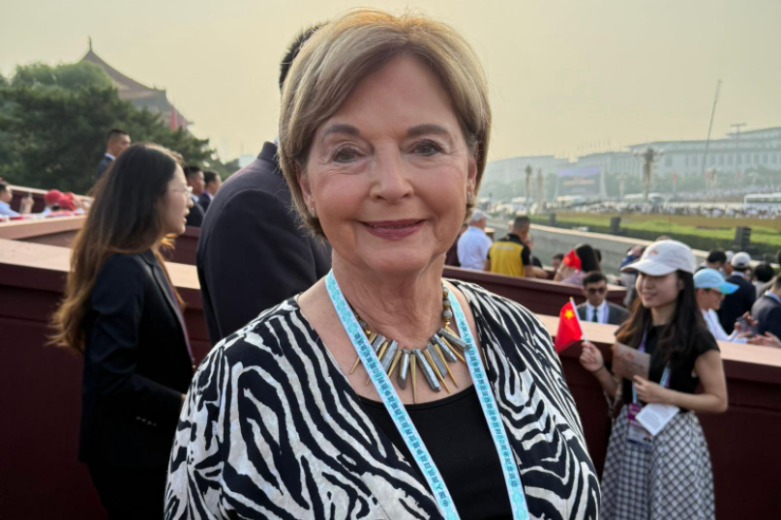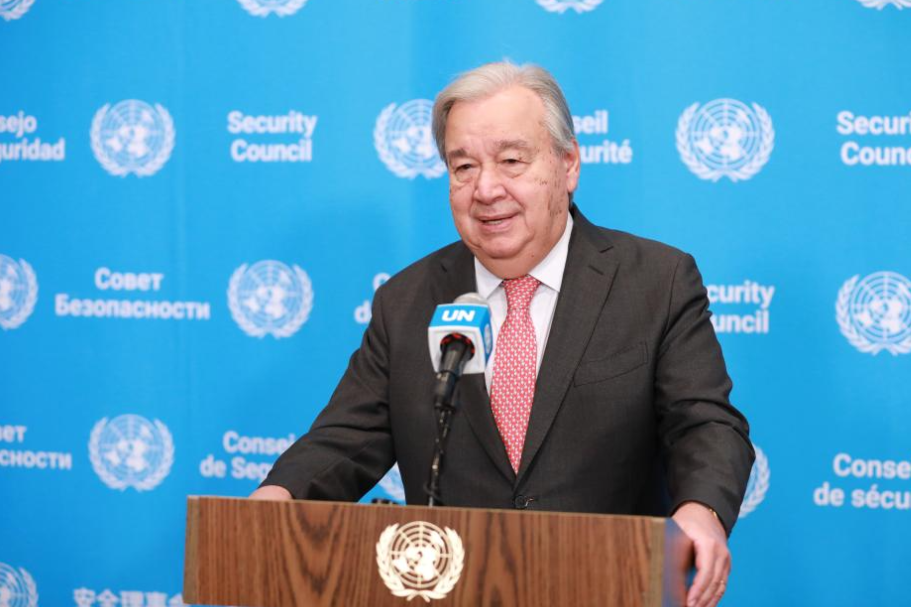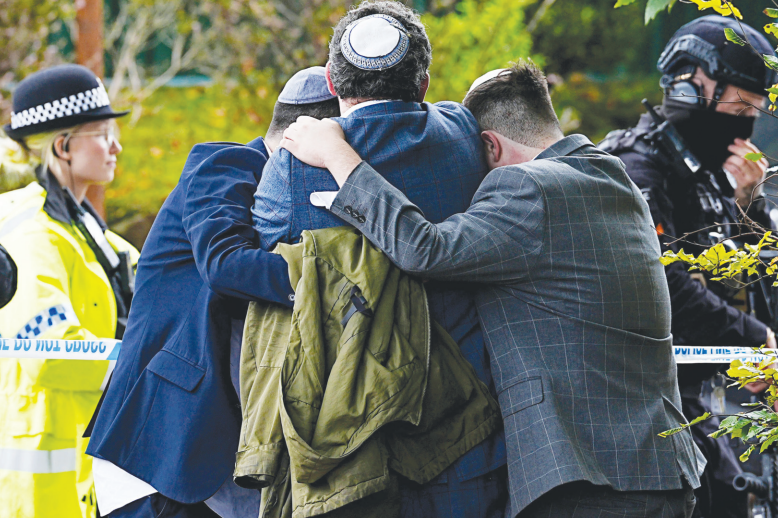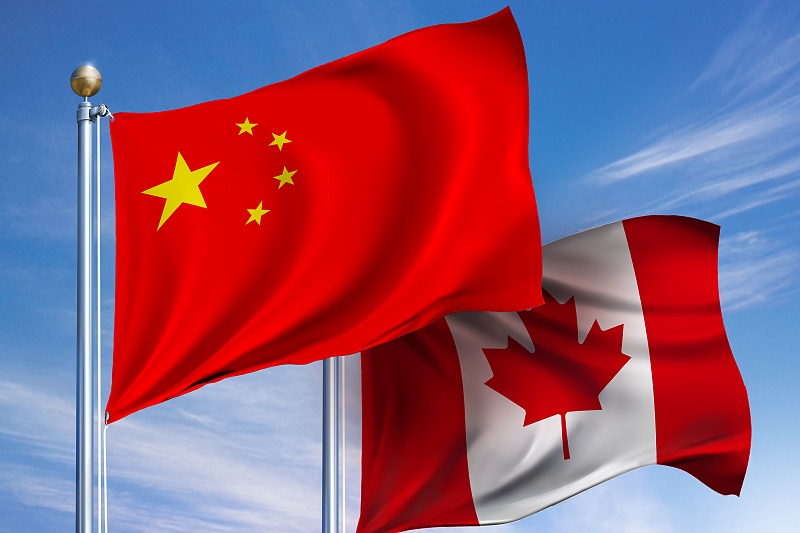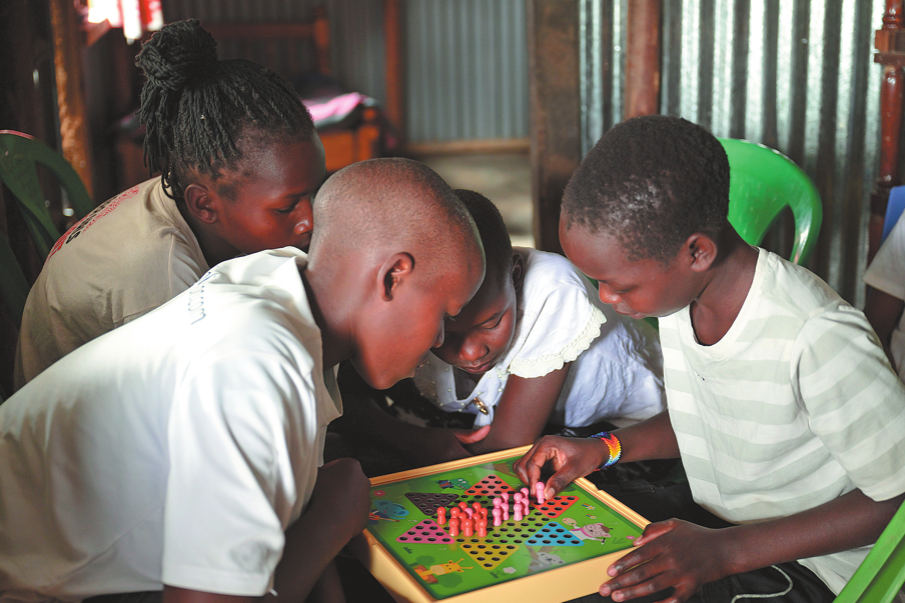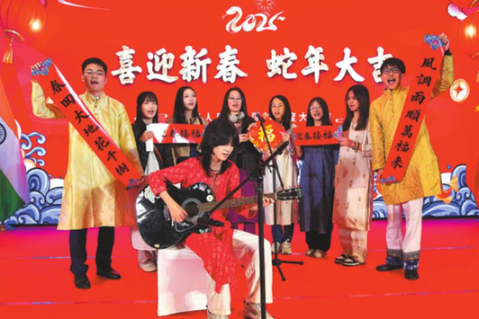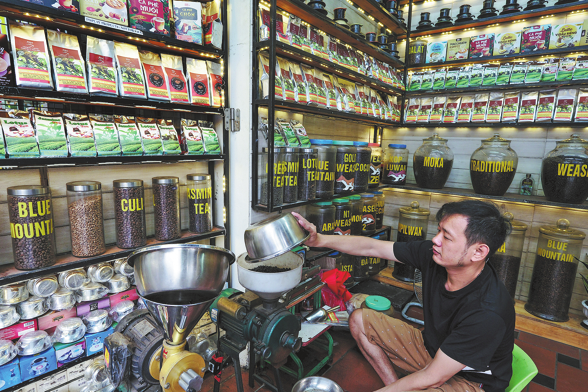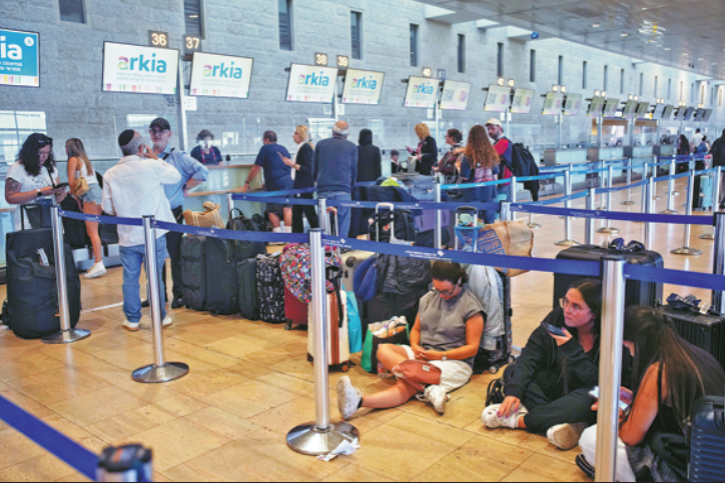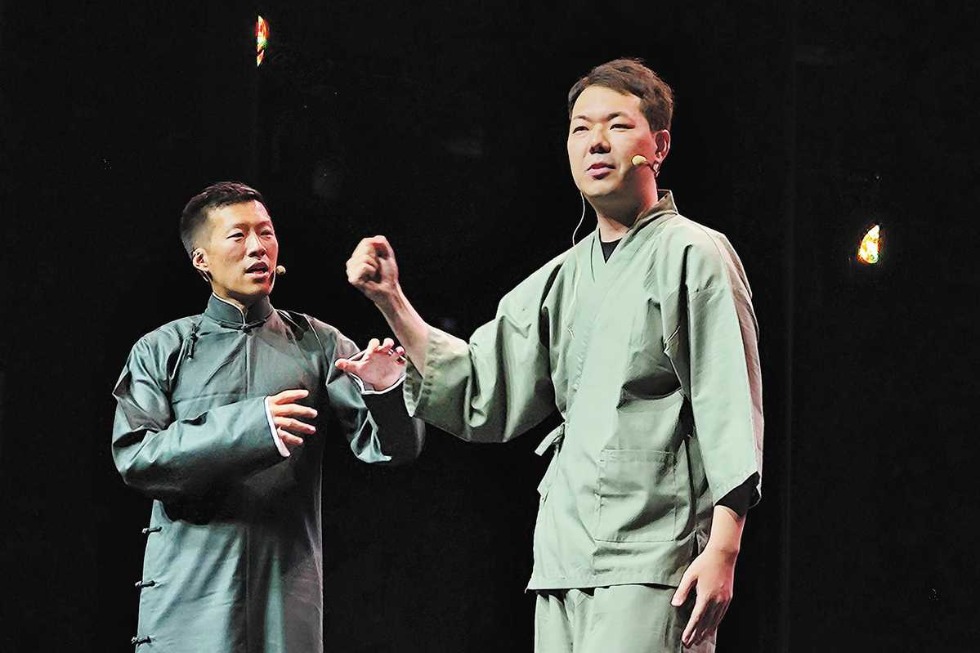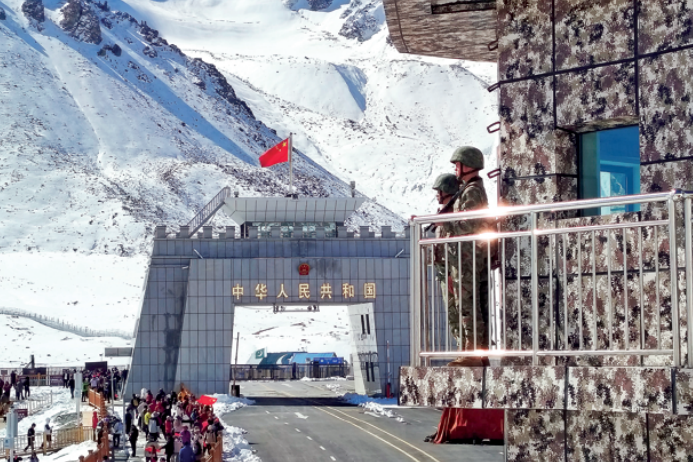Nell Calloway: preserving Flying Tigers' legacy
US pilots risked their lives to help China achieve victory in the War of Resistance Against Japanese Aggression (1931-45)


On a bright September morning in Beijing, doves of peace soared into the sky above Tiananmen Square as China marked the 80th anniversary of victory in the Chinese People's War of Resistance Against Japanese Aggression (1931-45) and the World Anti-Fascist War. Among the international guests observing the solemn ceremony was Nell Chennault Calloway, granddaughter of General Claire Lee Chennault, the legendary commander of the Flying Tigers.
Calloway has spent much of her life preserving her grandfather's legacy and strengthening people-to-people bonds between China and the United States. As director of the Chennault Aviation and Military Museum in Monroe, Louisiana, she has traveled to China about 15 times and regards the country as a second home.
"Both events I've attended — the 2015 parade and this year's commemoration — were magnificent, unlike anything I've seen before," she told China Daily in an exclusive interview, reflecting on her return to Tiananmen Square.
"This year's ceremony carried a strong sense of hope and reconciliation. When the peace doves flew overhead, I felt an overwhelming wave of emotion. It was a reminder that peace is not just an ideal, it's a responsibility we all share," she said.
Claire Chennault first arrived in China in 1937, when Japanese bombers rained destruction on Chinese cities. By 1941, he had formed the American Volunteer Group, better known as the Flying Tigers, who became famous for their shark-faced fighter planes and for defending China in a time of dire need.
Although her grandfather passed away when she was a child, Calloway said she came to understand the essence of his life's work as she grew older.
"I only knew him as a young child," she said. "But after learning about his accomplishments, I came to understand that his legacy wasn't just about military strategy or the Flying Tigers, it was about conviction, courage and a deep sense of duty. He believed in standing up for what was right, even when it meant going against the grain. Carrying forward his legacy means embodying those values in whatever I do."
Calloway often hears people remark that her demeanor resembles that of her grandfather, something she views as an honor but also a responsibility.
"I try to channel the clarity of purpose he showed," she said. "It's a quality everyone should aspire to, whether in leadership, diplomacy, service or simply in everyday life."
Remembered across generations
The Flying Tigers remain a vivid part of China's wartime memory. Their story is retold in classrooms, museums and films, and their emblematic shark-toothed fighters are still painted on aircraft during commemorative events.
Calloway believes the enduring admiration stems from more than their battlefield exploits.
"I believe their story continues to resonate because it represents a rare and powerful moment of solidarity during one of the darkest periods in modern history," she said. "These were American pilots who came to China not for conquest or gain, but to help defend a people under siege. They risked their lives and forged friendships with the Chinese people. For many, the Flying Tigers symbolize standing shoulder to shoulder in a time of need."
She added that the bond between the Chinese people and the Flying Tigers was not transactional, but profoundly human.
"They shared hardship, they risked their lives together, and in many cases, they gave their lives in that shared struggle," she said.
Memories of commemoration
The 2025 commemoration was not Calloway's first time in Tiananmen Square. Ten years earlier, she witnessed the 70th anniversary parade.
"The color guard is just as spectacular as it was in 2015," she said with a smile. "The only difference is that the lettering in the sky changed from '70' to '80.' Time flies, and 10 years pass in the blink of an eye. Many of the veterans who were there then are now centenarians."
She recalled with particular emotion the ceremony in 2015 when her grandfather's wife, Anna Chen Chennault, and Jay Vinyard, a former pilot who flew the Hump route over the Himalayan mountains into China, received medals at the Great Hall of the People.
"Chinese leaders personally pinned the medals on them," she said. "Jay, who flew 87 missions, told me he treasured that moment because it showed the Chinese people had not forgotten their efforts."
A bridge over the Pacific
In 2008, Calloway assumed the role of director of the Chennault Aviation and Military Museum, which today houses thousands of artifacts, including uniforms, letters and aircraft associated with the Flying Tigers. Under her leadership, the museum has expanded its educational mission and international outreach.
"At the museum, our mission is not only to preserve history but to make it come alive for future generations," she explained. "We maintain strong relationships with partners in China through joint commemorations, student exchanges and collaborative exhibits. It's rewarding to see young people from very different backgrounds connect emotionally to this history. The Flying Tigers' spirit transcends borders."
Back in her hometown of Monroe, the museum welcomes visitors from around the world, including many Chinese tourists who often arrive with tears in their eyes as they encounter relics of a shared history. For them, the Flying Tigers are not a distant chapter in a book, but a living memory of resilience and solidarity.
Over the years, Calloway's travels in China have taken her beyond official commemorations and into the homes of ordinary citizens. On her most recent trip, descendants of veteran New Fourth Army comrades who helped rescue American pilots during the Chinese People's War of Resistance Against Japanese Aggression (1931-45) came to welcome this "family member" visiting from afar. The gathering bridged more than half a century and half the world, with the average age of attendees exceeding 70.
"You are my Chinese family," she told them. "Every time I come to China, I am deeply moved by how the Chinese people cherish their history and pass it on to future generations."
She has also marveled at China's transformation since her first visit. "From high-speed rail to digital connectivity, the pace of development is astonishing," she said. "But what impresses me most is how deeply the Chinese people still honor their history. That combination of progress and remembrance is remarkable."
Lessons for the future
As US-China relations navigate challenges, Calloway sees the Flying Tigers' story as a reminder that cooperation has always been possible, even in the most difficult times.
"Yes, I firmly believe their story can still serve as a bridge of friendship," she said. "In World War II, Americans and Chinese stood side by side, not as rivals but as partners. That spirit of solidarity left a lasting mark on both nations."
To young people in both countries, she offered a message rooted in history but aimed at the future.
"Learn from that history," she said. "Let the example of the Flying Tigers inspire you to seek common ground, to build bridges not walls, and to approach the world with empathy, curiosity and courage. The challenges your generation face won't be solved by one nation alone. They require the same kind of spirit the Flying Tigers embodied: brave, selfless and united in purpose."
For Calloway, the story of the Flying Tigers is not confined to any one country.
"My grandfather's legacy belongs to all nations," she added. "Carrying it forward is not just an act of remembrance but an act of hope. Let this anniversary be a recommitment to dignity, dialogue and cooperation."
















